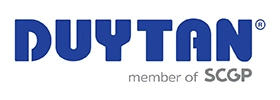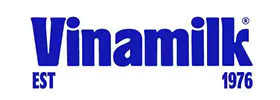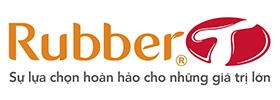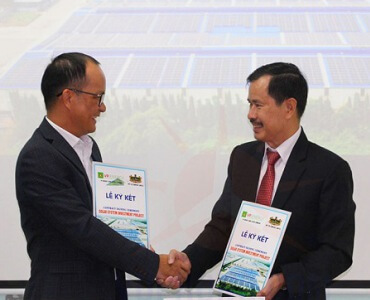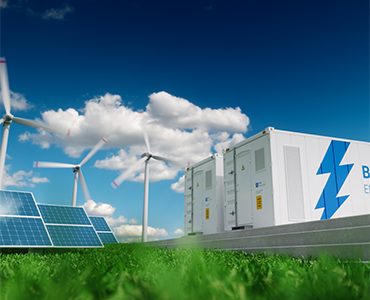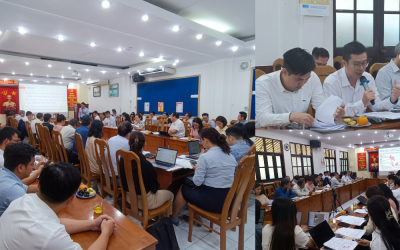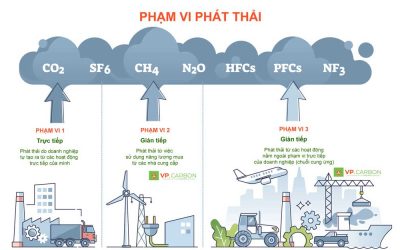
doanh nghiệp năng lượng tái tạo hàng đầu Việt Nam đồng hành cùng doanh nghiệp,
cung cấp các giải pháp đầu tư và sở hữu linh hoạt, dịch vụ O&M, AM nhà máy điện, EPC...






Phát triển năng lượng sạch vì một môi trường xanh và phát triển bền vững
Vũ Phong Energy Group
Luôn hướng tới một môi trường xanh, sạch hơn cho tất cả mọi người. Chúng tôi đầu tư, phát triển - chuyển giao, vận hành các hệ thống năng lượng tái tạo và lưu trữ năng lượng có chất lượng cao, mang lại lợi ích lâu dài cho các nhà đầu tư và cả cộng đồng.
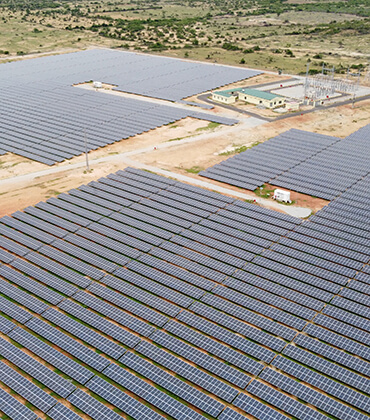
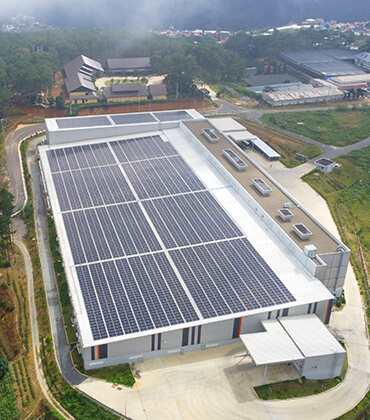
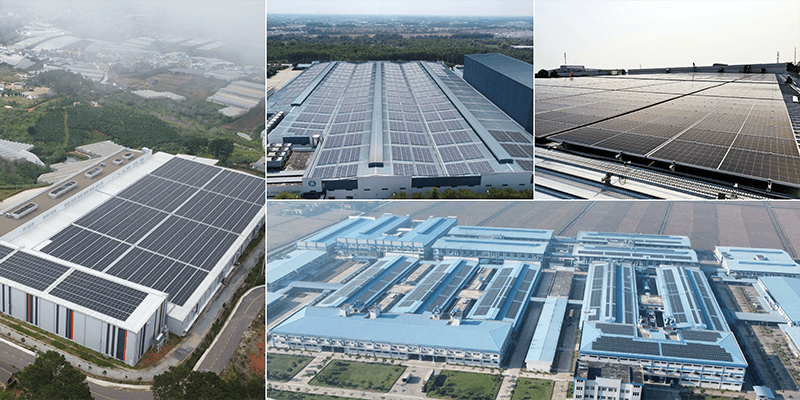
GIẢI PHÁP ĐIỆN MẶT TRỜI CHẤT LƯỢNG CAO DÀNH CHO DOANH NGHIỆP
Khách hàng & Đối tác
Giải pháp điện mặt trời áp mái chất lượng cao giúp giảm chi phí vận hành, tăng lợi nhuận

ĐỒNG HÀNH VỚI DOANH NGHIỆP
TRUNG HÒA CARBON
Nhằm đồng hành tốt nhất với doanh nghiệp trong hành trình giảm phát thải khí nhà kính, hướng tới trung hòa carbon, Vũ Phong Energy Group sẽ cung cấp các giải pháp, dịch vụ liên quan đến giảm phát thải, tín chỉ carbon, chứng chỉ năng lượng tái tạo… thông qua công ty thành viên VP Carbon.
GIẢI PHÁP VẬN HÀNH VÀ BẢO DƯỠNG (O&M)
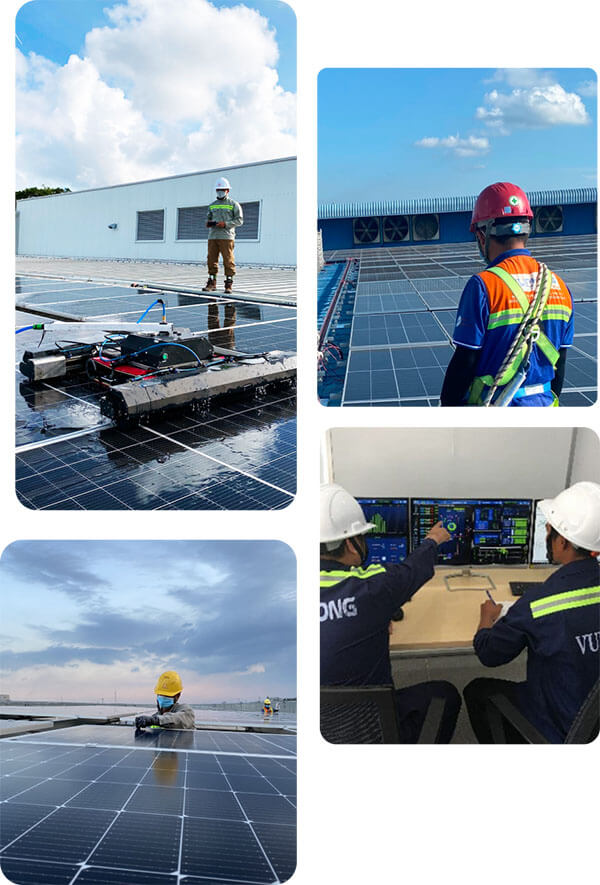
TIN TỨC - SỰ KIỆN
Cập nhật những tin tức mới nhất về hoạt động của Vũ Phong Energy Group cũng như trong lĩnh vực năng lượng sạch.
ĐIỆN MẶT TRỜI GIA ĐÌNH
HOẠT ĐỘNG CỘNG ĐỒNG (CSR)
Với sứ mệnh “Phát triển năng lượng sạch vì một môi trường xanh và phát triển bền vững”, Vũ Phong Energy Group luôn quan tâm đến trách nhiệm xã hội bằng việc tôn trọng quyền lợi của người lao động và các bên liên quan. Đặc biệt, hướng đến sự phát triển bền vững và tầm nhìn Việt Nam hùng cường 2045, Vũ Phong Energy Group theo đuổi những giá trị theo phương hướng các Mục tiêu Phát triển Bền vững (SDGs) của Liên Hợp Quốc, đặc biệt là các mục tiêu như Mục tiêu 7 – Năng lượng sạch, bền vững với giá phải chăng, Mục tiêu 8 – Công việc tốt và tăng trưởng kinh tế, Mục tiêu 6 – Nước và vệ sinh cho tất cả mọi người, Mục tiêu 13 – Hành động vì môi trường, Mục tiêu 17 – Quan hệ đối tác vì các mục tiêu…
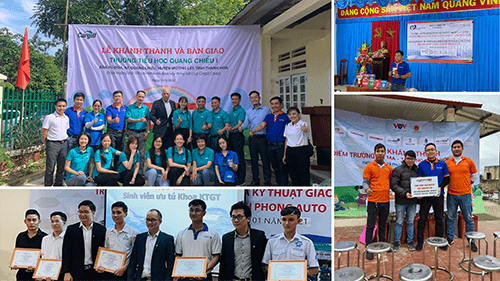

GIẢI THƯỞNG UY TÍN
2022
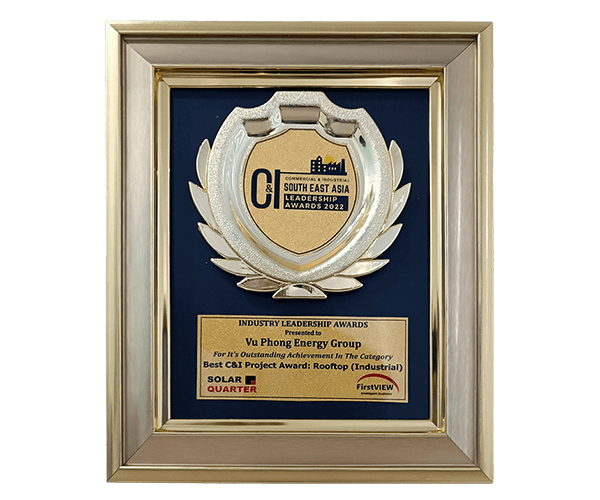
BEST C&I PROJECT AWARD:
ROOFTOP (INDUSTRIAL)
South East AsiaLeadership Awards
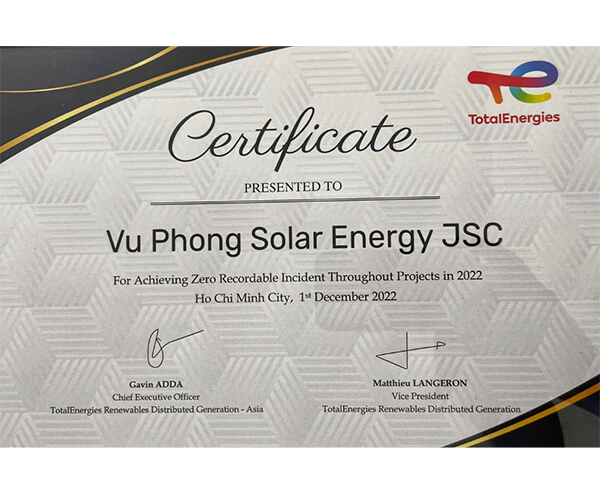
ACHIEVING ZERO RECORDABLE INCIDENT
THROUGHOUT PROJECTS IN 2022
TotalEnergies
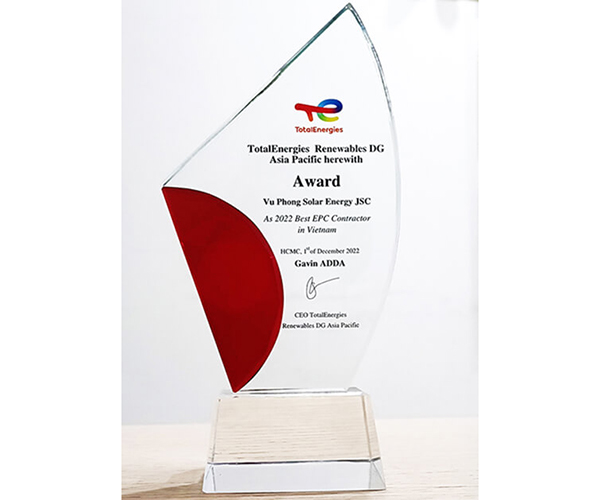
2022 BEST EPCCONTRACTOR
IN VIETNAM
TotalEnergies
2021

THE SOLAR FUTURE AWARDS
THE EPC COMPANY OF THE YEAR
THE ASIAN POWER AWARDS
SOLAR POWER PROJECT OF THE YEAR
ENVIRONMENTAL UPGRADE OF THE YEAR

CON SỐ ẤN TƯỢNG
0+
Dự án hoàn thành
0+ MWp
Đã & Đang Thi Công
0+
Tổng Nhân Sự
0
Văn phòng khắp cả nước


